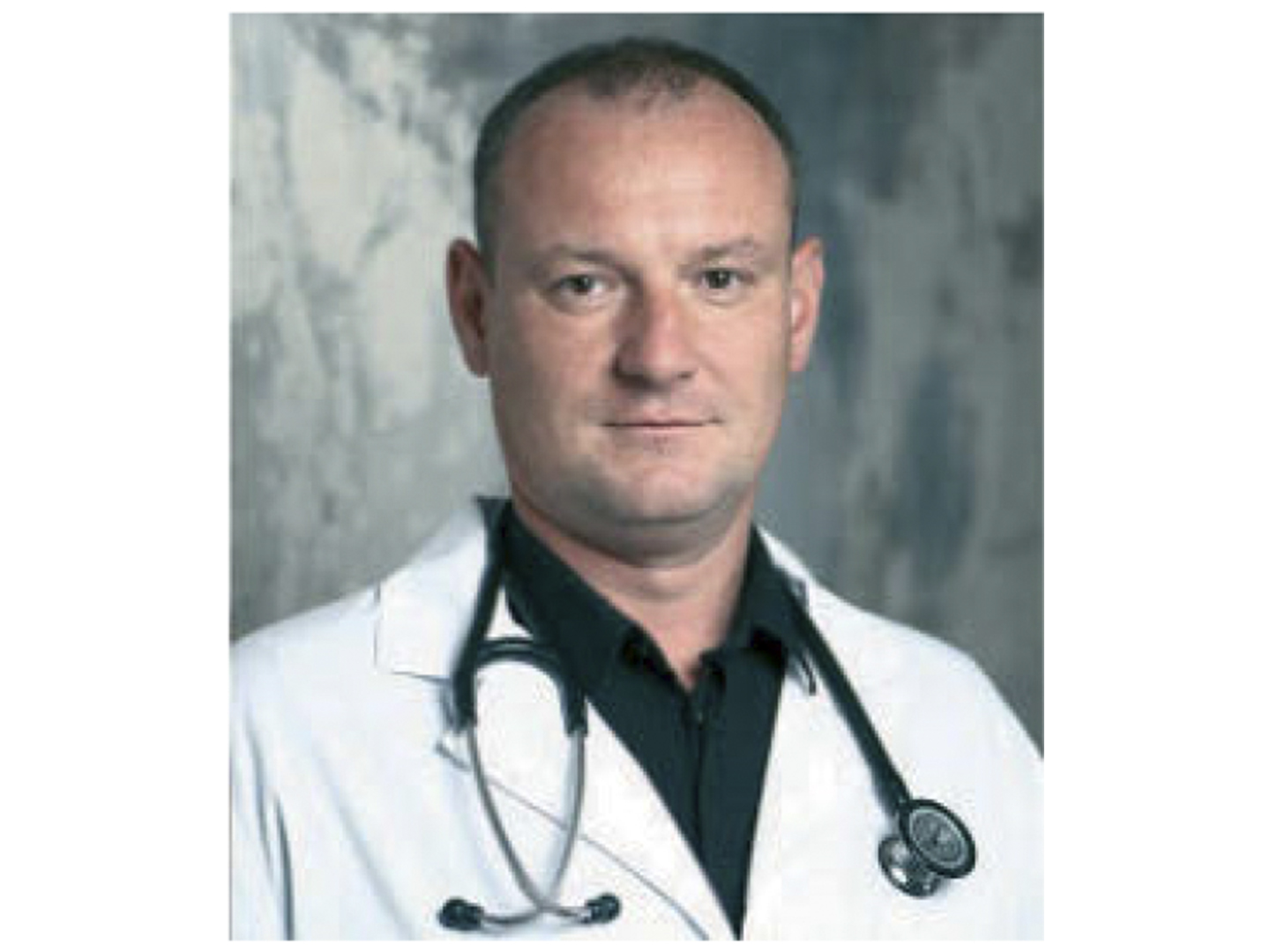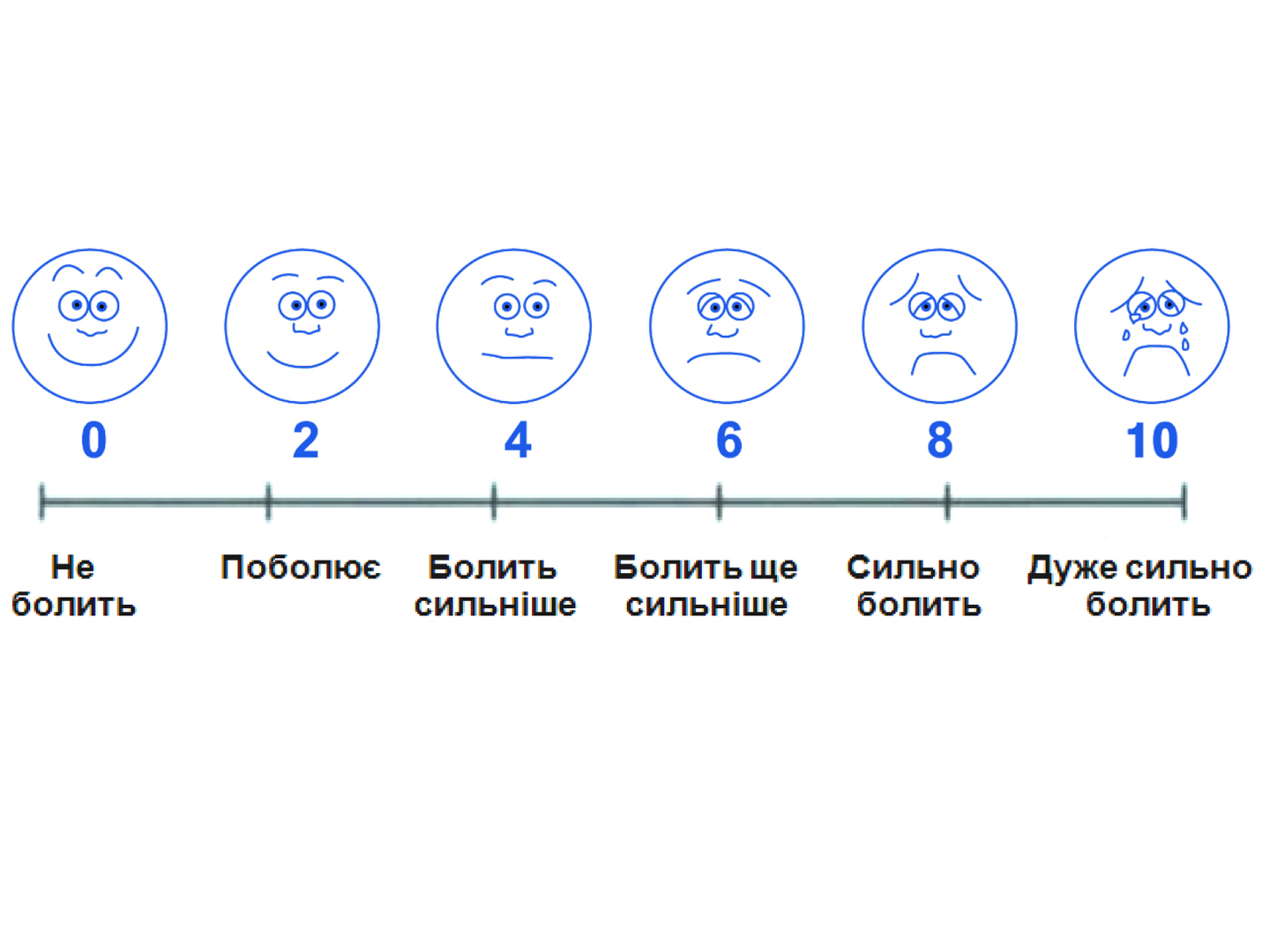Multimodal analgesia as an effective component in treatment program for acute pancreatitis
Danylo Galitsky Lviv National Medical University
The aim — to study the multimodal analgesia clinical efficacy in complex surgical treatment of patients with acute pancreatitis.
Materials and methods.
The treatment results of 48 patients with acute pancreatitis who were treated at the city pancreatologic center in General surgery clinic have been analysed. Patients were aged from 46 to 58 years (mean age — (54.3 ± 5.2) years). Eleven (23 %) women and thirty-seven (77 %) men took part in the research. Patients were randomly divided into two groups: in the main group (n = 25) the treatment program, in addition to basic infusion therapy, a multimodal analgesia was provided; in the comparison group (n = 23) anesthesia was performed by analgesic non-opioid drugs appointment. Multimodal analgesia included coapplication of analgesics, Infulgan antipyretics (10 mg paracetamol contains in 1 ml) and NSAID Diclobru (diclofenacum).
Results and discussion.
In the study group, in contrast to the comparison group a significant tendency to a pain decreased by its visual analog scale assessment and in the cortisol serum level was shown. The absence of significant positive analgesia result suggested the severe acute pancreatitis presence. Conclusions.
The proposed multimodal anesthesia method should be used in clinical practice due to its effectiveness and the modern FastTrask surgery principle relevance.
Key words: multimodal analgesia, acute pancreatitis, Infulgan.
Acute pancreatitis (AP) is one of the most serious, prognostically unfavourable and often threatening acute diseases of the abdominal cavity. The problem of treatment of patients with AP is a socio-medical [1, 2, 10]. This is due to the fact that the number of patients with this disease is increasing with a predominance of males of working age, and treatment, particularly surgical, is associated with long term hospitalization, considerable costs, high frequency of adverse events, often – resulting in a disability [5, 7, 9, 13]. Widely recognized approach is based on the comprehensive therapy with a combination of operational and non-interventional therapeutic techniques namely with domination of multidisciplinary principle [6, 8, 11, 14]. Reduction or alleviation of pain syndrome (PS) is essential in medical treatment of AP and its complications [2, 7, 9, 12]. This is due to the fact that the significant PS inherent in AP not only adversely affects the patient’s subjective esthesia , but also is an important part of pathogenetic mechanisms of development and progression of the disease [2, 4, 6, 8, 15]. Therefore, the development of new approaches to the alleviation of PS by combining medications of different pharmacodynamic effects according to the principle of multimodal pain control is of scientific and practical interest.
The aim of research is to study the clinical effectiveness of multimodal analgesia in comprehensive surgical treatment of patients with acute pancreatitis.


